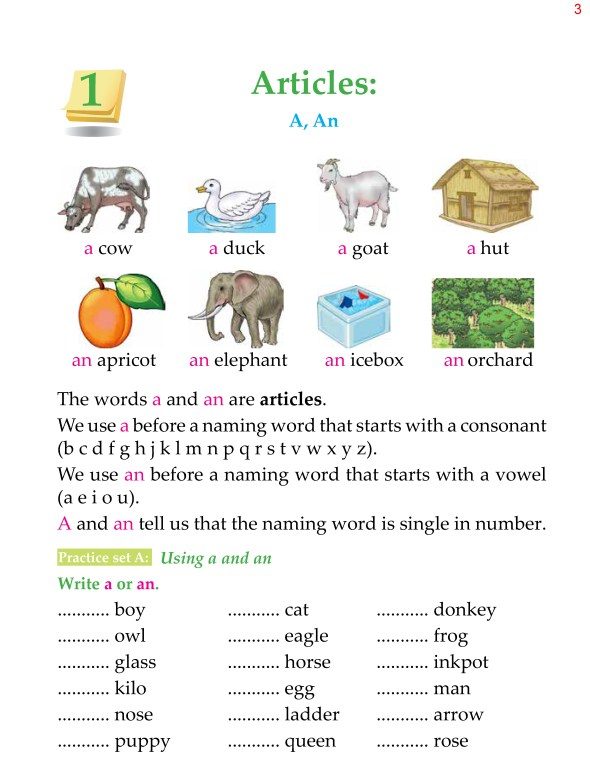 Genre/Topic: Articles
Genre/Topic: Articles
The words a and an are articles. We use a before a naming word that starts with a consonant (b c d f g h j k l m n p q r s t v w x y z). We use an before a naming word that starts with a vowel (a e i […]
 Genre/Topic: Articles
Genre/Topic: Articles
The words a and an are articles. We use a before a naming word that starts with a consonant (b c d f g h j k l m n p q r s t v w x y z). We use an before a naming word that starts with a vowel (a e i […]
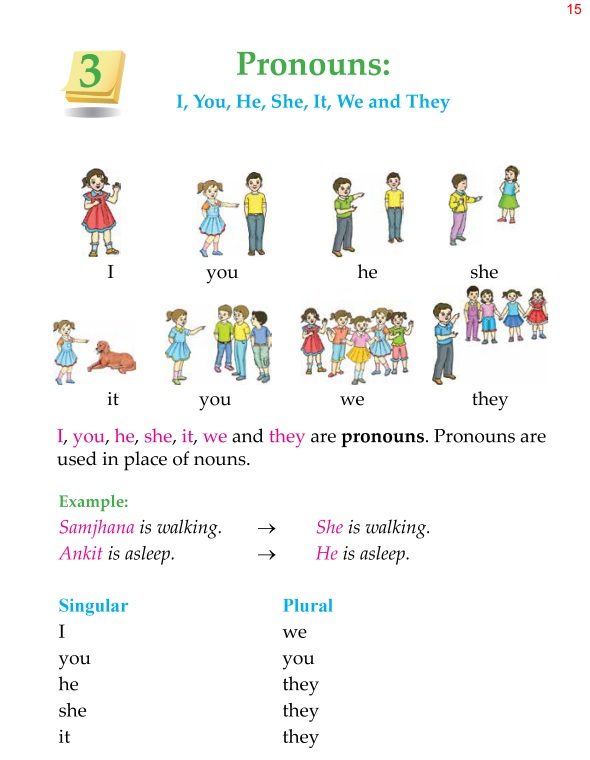 Genre/Topic: Pronouns
Genre/Topic: Pronouns
I, you, he, she, it, we and they are pronouns. Pronouns are used in place of nouns.
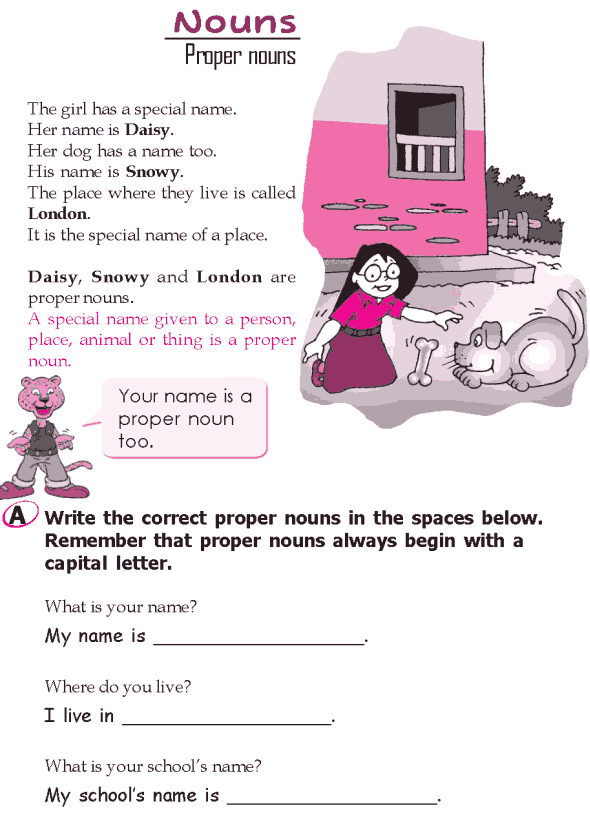 Genre/Topic: Nouns
Genre/Topic: Nouns
What are proper nouns? Do we always begin a proper noun with a capital letter? Are the names of days and months also proper nouns?
Download the complete course now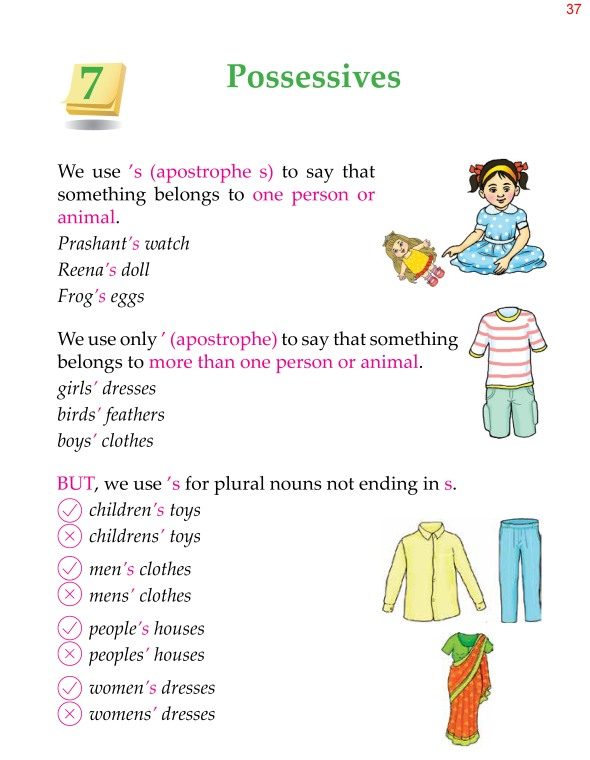 Genre/Topic: Parts of speech
Genre/Topic: Parts of speech
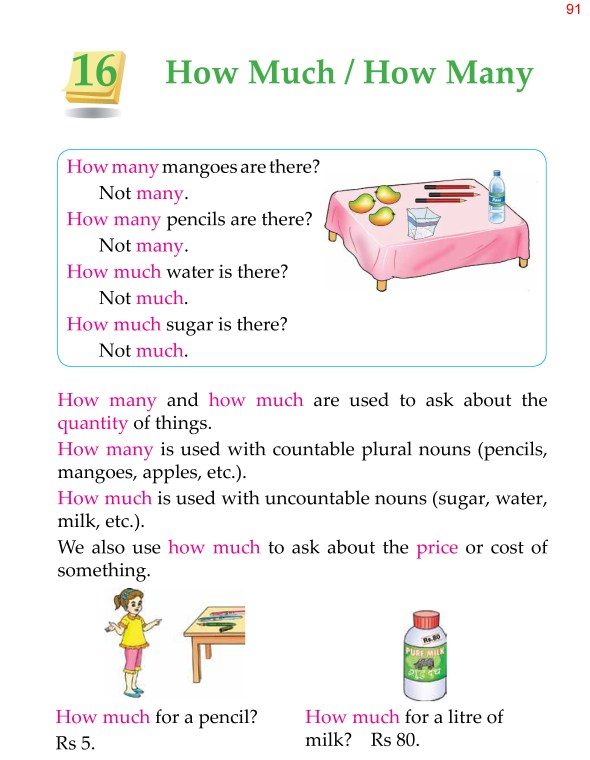 Genre/Topic: Adverbs
Genre/Topic: Adverbs
How many and how much are used to ask about the quantity of things. How many is used with countable plural nouns (pencils, mangoes, apples, etc.). How much is used with uncountable nouns (sugar, water, milk, etc.). We also use how much to ask about the price or cost of something.
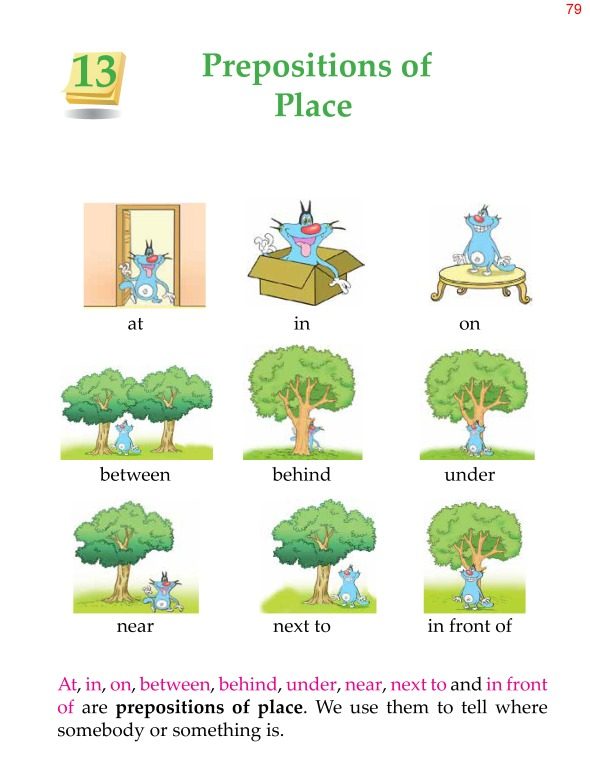 Genre/Topic: Parts of speech, Prepositions
Genre/Topic: Parts of speech, Prepositions
At, in, on, between, behind, under, near, next to and in front of are prepositions of place. We use them to tell where somebody or something is.
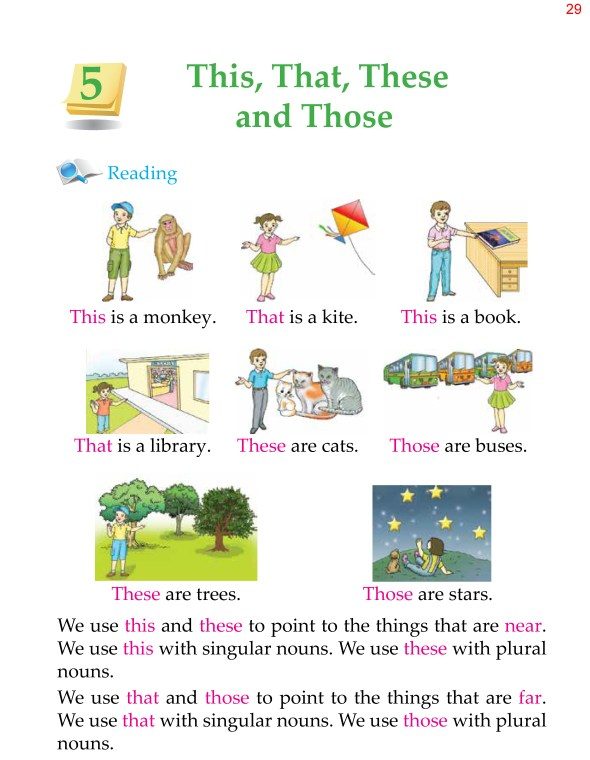 Genre/Topic: Adverbs, Parts of speech, Verbs
Genre/Topic: Adverbs, Parts of speech, Verbs
Determiners: We use this and these to point to the things that are near. We use this with singular nouns. We use these with plural nouns. We use that and those to point to the things that are far. We use that with singular nouns. We use those with plural nouns.